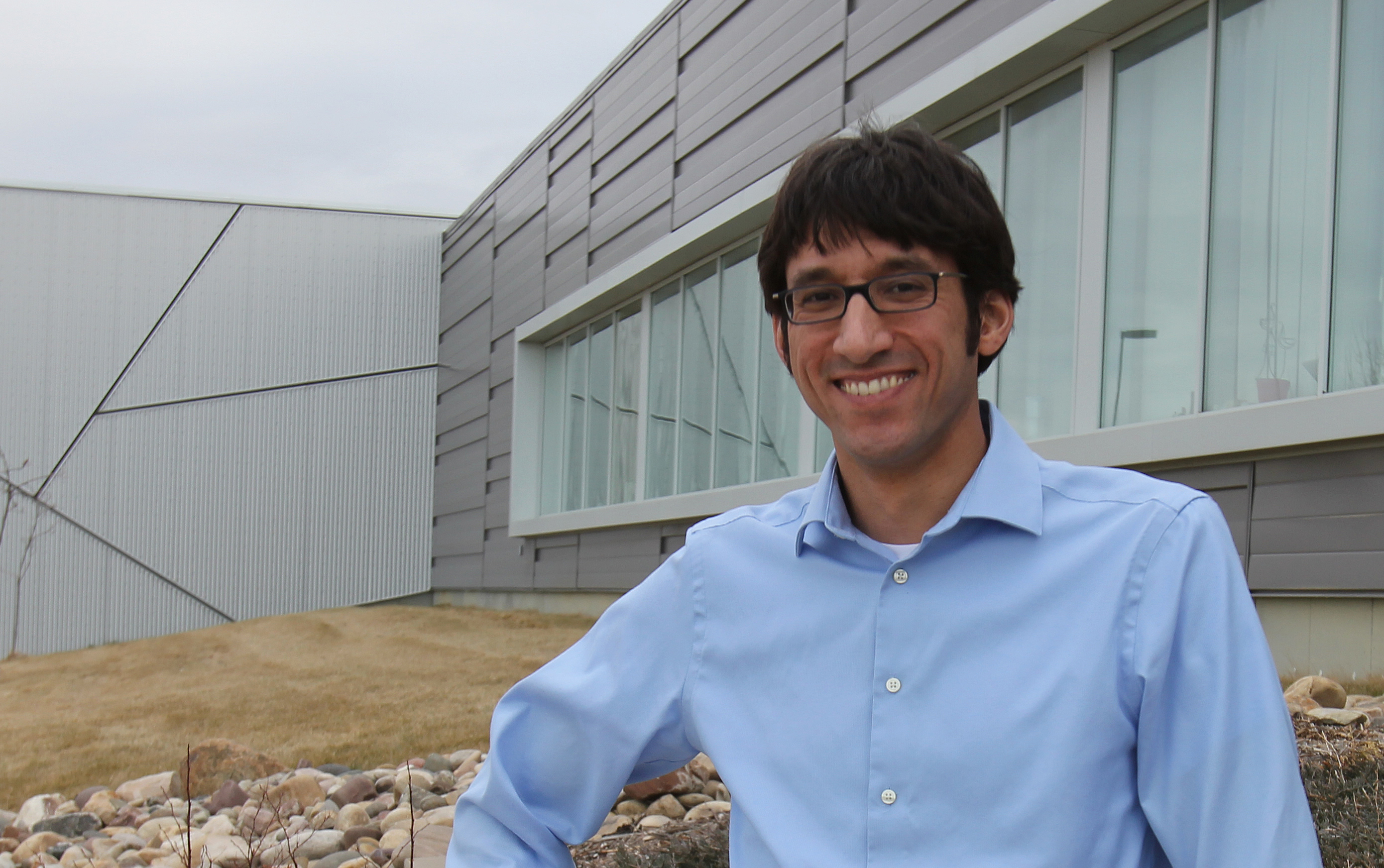University of Lethbridge Post-Doctoral Fellow, Dr. Michael Kyweriga is expanding our current understanding of the cortical changes behind the development of tinnitus. Dr. Kyweriga’s current research at the University of Lethbridge focuses on utilizing in-vivo mouse models and real-time brain activity monitoring technology to research the underlying cause of tinnitus.

Tinnitus is a debilitating auditory disorder characterized by an intrusive, illusory buzzing or ringing sound that persists typically following exposure to very loud sounds, such as rock concerts, shooting guns, or industrial noise. Specifically, in police and military veterans there is a higher incidence of the disorder compared to the general population. When asked about his inspiration for his research, Dr. Kyweriga described his time serving as a US Navy Hospital Corpsman with infantry marines in the desert of southern California where he was trained in combat first aid, triage, minor surgeries, medications, and the administering of hearing tests to soldiers suffering from tinnitus.
Seeing the effects of tinnitus first hand in his friends and patients, led Dr. Kyweriga to pursue this avenue of research in order to understand the underlying causes of the disorder and investigate potential avenues of therapy for military veterans and police personnel.In extreme cases, the illusory sounds estimated to range between 60-80 decibels, similar to the level of a chainsaw or vacuum cleaner. It is important to understand this disorder to properly treat patients and prevent it from worsening.
There are three main hypotheses on the cause of tinnitus, each with evidence to support and refute them. Dr. Kyweriga has focused his efforts on the Central Gain hypothesis, which postulates that following cochlear damage caused by a trauma sound, the lack of signals sent to the brain from the cochlea causes increased spontaneous brain activity and the remapping of brain areas. These brain changes are comparable to phantom limb syndrome, which is described as illusory pain experienced after the loss of a limb.
Though there have been few concrete studies on this hypothesis, Dr. Kyweriga aims to utilize real-time observation of brain activity using a cranial window and activity dependent, fluorescent cell markers. By monitoring this brain activity before, during, and after traumatic sound exposure, Dr. Kyweriga will observe the changes in cortical maps and further explore the Central Gain hypothesis. He has plans to transition from the initial animal model to human participants in the future. Utilizing EEG and MRI technology to study tinnitus in human patients, Dr. Kyweriga hopes that his research will one day benefit afflicted military veterans, police personnel, and other tinnitus sufferers, to allow them an improved quality of life.
